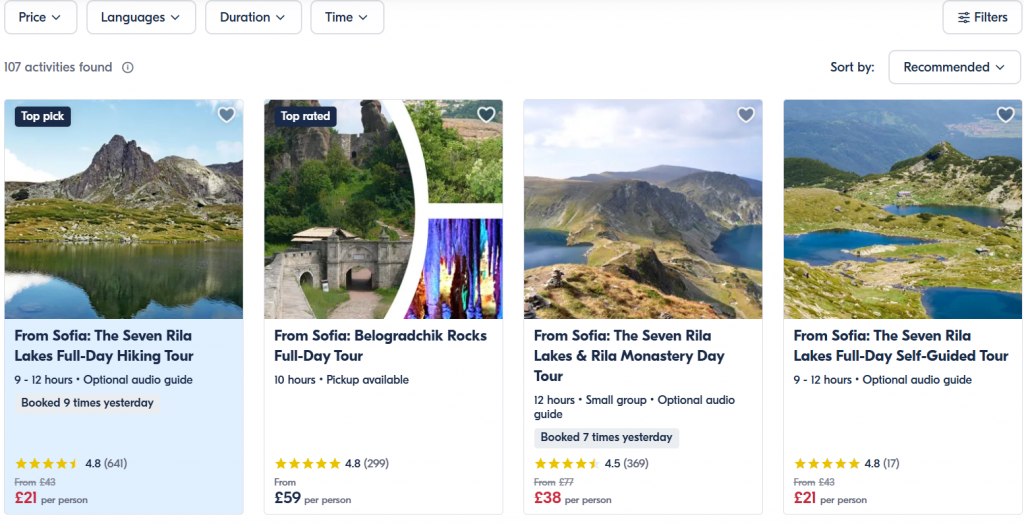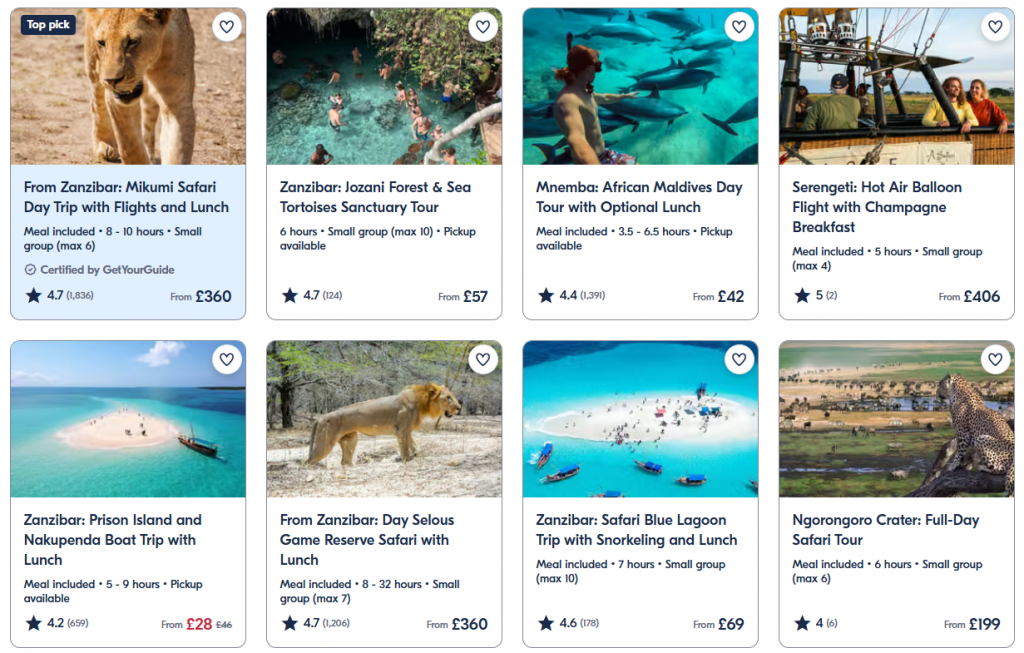
If you’ve got to choose just one place, it may as well be paradise, right? But it’s the locals that really make Fiji, excelling themselves at being friendly. Plus, it can be pretty cheap once you get there, and the sun is usually shining. Sounds awful…
From the moment you arrive in Fiji, you’re made to feel at home. The traditional Fijian welcome song, Bula Maleya, is likely to welcome you everywhere you go, and you may find yourself invited to a traditional welcome ceremony. The ceremony centres around sharing the local drink, kava – just take it easy, it’s potent!
Having travelled so far, it might seem a shame not to live like island royalty and splash out on, say… a villa on a private island? There’s no need, though. Poolside studio apartments only 10 minutes’ walk from the beach go for as little as £29 per night on the main island. A bit more seclusion comes even cheaper, with cottages by the ocean on stunning Matacawalevu Island starting at £26 per night.
Hostelling and home stays cost next to nothing, and then you have the added bonus that your hosts might also offer you home-cooked meals. As a general rule, it’s cheapest to eat in larger towns as opposed to resort areas. What you might not have guessed is that the local catch of the day might catch you off guard when you get the bill, while eating at an Indian restaurant can set you back less than £5.
Every little helps when you’ve got to save those pennies for a sunset coconut and local rum…




 Natural coastal beauty is on the cards here as well, with the Blue Lagoon topping every list of things to see. Since you can’t actually get in and swim here, you know it must be impressive when the colour of the water alone is enough to draw crowds. Thankfully, you don’t have to go far for a swim, since there’s a really popular cliff diving spot just around the corner. On the road back towards the Yellow Bridge, look out for little signs pointing you down to Secret Beach. It may not really be a secret, but it is secluded and has some of the clearest waters around. There’s a good chance you’ll have all 50 metres of coastline to yourself, as well as the perfect conditions for checking out its reef. While the Nusas definitely aren’t as hopping as Bali proper, this is probably about as much real peace and quiet as you can hope for in an area that’s only growing in popularity.
Natural coastal beauty is on the cards here as well, with the Blue Lagoon topping every list of things to see. Since you can’t actually get in and swim here, you know it must be impressive when the colour of the water alone is enough to draw crowds. Thankfully, you don’t have to go far for a swim, since there’s a really popular cliff diving spot just around the corner. On the road back towards the Yellow Bridge, look out for little signs pointing you down to Secret Beach. It may not really be a secret, but it is secluded and has some of the clearest waters around. There’s a good chance you’ll have all 50 metres of coastline to yourself, as well as the perfect conditions for checking out its reef. While the Nusas definitely aren’t as hopping as Bali proper, this is probably about as much real peace and quiet as you can hope for in an area that’s only growing in popularity.














